ASHY DRONGO
DICRURUS LEUCOPHAEUS

ASCERTAINING THE MYSTERIES OF ASHY DRONGO
BASIC:
Size:
29-29 cm
11-11 Inch
Primary color: black
Secondary color: gray
(Bird may have more colors)
LOCAL NAMES:
Gujarati: રાખોડી કોસીટ
French: Drongo cendré
Malayalam: കാക്കത്തമ്പുരാൻ
Marathi: राखाडी कोतवाल
Nepali: ध्वाँसे चिबे
Tamil: கரிச்சான்
UNVEILING THE IDENTITY:
Intriguing and enigmatic, the ashy drongo (Dicrurus leucophaeus) emerges as a medium-sized avian enigma, spanning an impressive 25 to 30 centimeters in length and tipping the scales at a modest 40 to 55 grams. Its physicality, a testament to nature’s diverse artistry, beckons those who dare to decipher its riddles.
THE RIDDLE OF THE PLUMAGE:
Within the ashy drongo’s ranks, a captivating kaleidoscope of gray plumage unfolds, a spectrum of shades woven intricately among its subspecies. Enthusiasts may even uncover specimens adorned with ethereal whitish markings gracing head and body alike. An intriguing paradox arises as the underparts cloak themselves in a paler hue, in stark contrast to their dusky upper counterparts. The pièce de résistance, a long and dramatically forked tail, adds yet another layer of intrigue to this avian masterpiece.
UNRAVELLING THE PHYSIQUE:
The ashy drongo boasts a distinctive ebony bill, its upper mandible ominously curved, as if concealing secrets of the avian realm. Gazing into the ashy drongo’s enigmatic gaze reveals crimson irises, encircled by a mesmerizing red eye-ring. To complete the puzzle, one must note its conspicuously short and somberly dark gray legs, adding to the mystique that surrounds this avian enigma.
THE CURIOUS LINK BETWEEN HABIT AND HABITAT:
Exploring the ashy drongo’s preferences unveils a curious relationship with their habitat. They harbor a penchant for altitudes, ranging from sea level to lofty heights of 2400 meters. Their eclectic tastes extend to artificial ecosystems, where they might grace rural gardens, plantations, agricultural lands, or even the desolation of heavily degraded forests. Yet, their true heart lies in the embrace of nature, finding solace in tropical and subtropical moist montane forests, foothill forests, temperate woodlands, lowland forests, the arid savanna, the mystique of mangroves, as well as the barren beauty of dry shrublands and moist shrublands.
DECODING THE CULINARY PREFERENCES:
In the culinary world of the ashy drongo, insects reign supreme. They partake in a gastronomic adventure, indulging in a feast of flying insects, dragonflies, moths, beetles, winged termites, ants, grasshoppers, crickets, cicadas, locusts, and the ever-elusive insect larvae. But the menu doesn’t stop there; these avian enigmas are known to dabble in nectar, savor small lizards, nibble on diminutive mammals, and, in a daring culinary twist, dine on eggs and hatchlings. Observers are bound to marvel at their unique hunting technique, where they perch atop prominent vantage points, embarking on aerial sallies to capture their unsuspecting prey. Their expertise extends to the art of gleaning, delicately plucking morsels from the lush foliage.
THE CHATTER OF THE ASHY DRONGO:
In the realm of vocalization, the ashy drongo takes center stage. Their melodic symphony, akin to the black drongo but adorned with tantalizing variations, includes the unmistakable whistling refrain of “kil-ki-kil.”
DELVING INTO THE ASHY DRONGO INFO:
For the inquisitive souls, the ashy drongo (Dicrurus leucophaeus) unravels its avian narrative. A member of the esteemed drongo family Dicruridae, it commands a widespread presence across the realms of South and Southeast Asia. In this grand tapestry, diverse populations emerge, each with its own palette of grays, migratory choreographies, and a curious canvas featuring the presence and proportions of enigmatic white patches adorning their eyes.
The adult ashy drongo, shrouded in a cloak of dark gray, dons a tail of unparalleled grace, a formidable emblem of its avian excellence. Among these avian virtuosos, a pantheon of subspecies materializes, each with its own unique brushstrokes of gray plumage. Some subspecies choose to embellish their visage with the ethereal canvas of white markings upon their crowns. On the opposite side of the spectrum, young fledglings emerge as muted, dull brownish gray canvases.
Notably, the longicaudatus subspecies of India, which encapsulates the enigmatic beavani of the Himalayas, introduces a sense of dark mystique reminiscent of the black drongo. Yet, it retains its own unique charm, slender and sleek, with a tail that dances to a different tune, less extravagantly splayed. This mysterious entity finds its sanctuary in the towering forests, its dark gray underside devoid of the glossy sheen worn by its black drongo counterparts. A crimson iris and the absence of a white rictal spot further distinguish it. The leucogenis and salangensis subspecies embrace the allure of a white eye-patch, as do various island-dwelling counterparts further to the south. Their calls carry a subtle nasal twang, a melodious echo distinct from the black drongo.
Positioned upon short, sturdy legs, the ashy drongo stands sentinel, perched with unparalleled poise, often gracing the highest branches of arboreal giants. Its dietary preferences sway towards insects, prompting daring aerial sallies and occasional gleaning from the textured canvas of tree trunks. They roam the world alone, in harmonious pairs, or in intimate gatherings, yet during migration, they assemble in symphonic flocks.
Amidst this avian reverie, a call emerges, described as the mellifluous drangh gip or the enchanting gip-gip-drangh. The ashy drongo’s vocal prowess extends beyond mere mimicry, as they master the art of imitating the whistling notes of a common iora.
Venturing into the realm of reproduction, the ashy drongo unveils its secrets during the months of May to June, where it nurtures a clutch of three or four eggs, each bearing the warm, earthy hues of reddish-brown. Their chosen cradle, a loosely woven cup nest, finds its lofty abode within the embrace of a towering tree.
In conclusion, the ashy drongo invites all who dare to explore its realm, a realm woven with the threads of perplexity and burstiness, a mosaic of avian enigmas that continues to captivate and mystify.
CONCLUDING THOUGHTS:
In the symphony of nature, the ashy drongo assumes a unique role, a creature of complexity and contradiction. Its identity, habitat, diet, and enigmatic behaviors merge to create a tapestry of wonderment. To understand the ashy drongo is to embark on a journey into the heart of avian mystique.
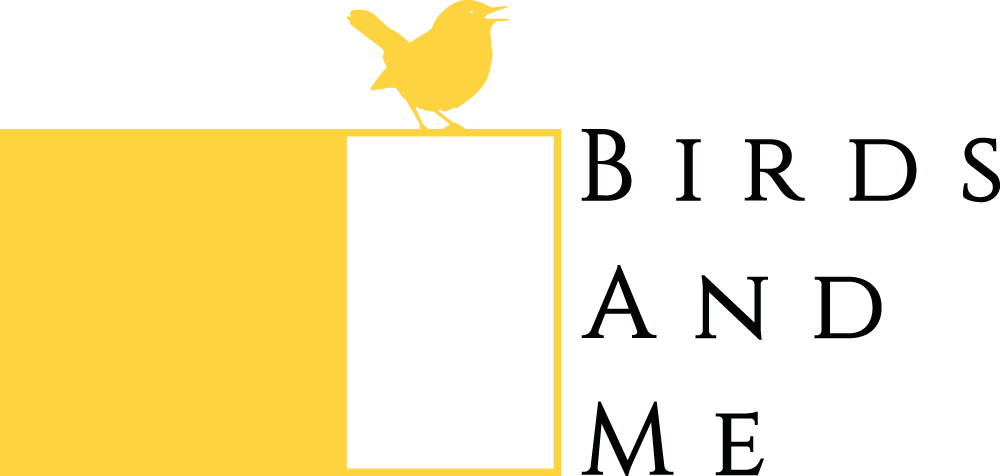
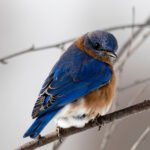

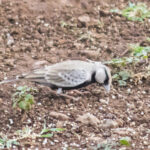
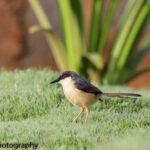
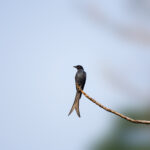
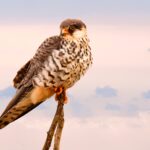
1 thought on “ASHY DRONGO”